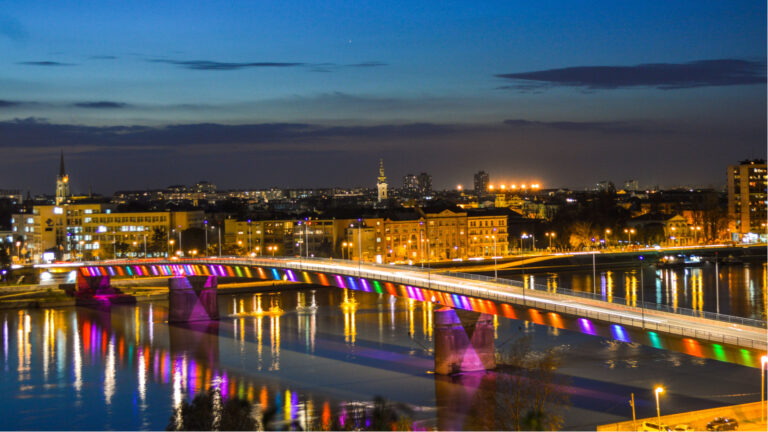The Danube River is one of the most romantic rivers of Europe.
It is also the second longest river, after the Volga, meandering through 10 countries.
While most short river cruises tend to congregate on the Upper Danube, you can discover some of the hidden treasures of Eastern Europe when you cruise on the Lower Danube.
Here you will get a chance to explore the remarkable wonders and lesser known towns between Budapest and Bucharest and see the spectacular Danube Delta, one of Europe’s best preserved deltas and home to some of the most amazing birdlife. It is a nature lover’s paradise with more than 300 species of birds from pelicans, eagles, ibises, beavers, otters and seals.
If food and wine are your passions, the Lower Danube offers some of the richest pickings. You can sample regional produce at local farms, taste some of best wines Europe has to offer and visit medieval towns and markets where truffles, olive oils, chocolate and cheese abound.
Here you will cruise through the spectacular landscapes of Hungary, Croatia, Serbia, Romania and Bulgaria.
In this guide, we share the highlights of the Lower Danube.
River Facts on the Lower Danube
The Danube flows through Germany, Austria, Hungary and seven other countries before reaching the Black Sea.
Length: 2850kms
Days needed to sail the river: Itineraries offered are usually around eight to 15 days.
Countries: Germany, Austria, Hungary, Slovakia, Croatia, Serbia, Romania, Bulgaria, Moldova and Ukraine.
River cruise lines: Almost every line has itineraries on this popular river.
Attractions
Great Market Hall in Hungary

Budapest is called the “Paris of the East” for its beautifully evening illumination and reflected lights in the Danube’s waters.
It also has some of the most eclectic market scenes. The city’s oldest indoor market the 1897 Great Market Hall is a culinary paradise. Here you will experience some of the most amazing food journeys where you can taste stuffed cabbage, meat-filled pancakes, truffles that have been locally foraged accompanied by Hungary’s famous, sweet, tokaji wine.
Kalocsa in Hungary

This quaint town overflows with Hungarian culture and is steeped in the piquant flavour of paprika, the “red gold” that fires up the local goulash. Explore the myriads of streets and squares, then visit St Joseph Church where can hear an organ concert. You can also watch a traditional Puszta horsemanship display.
Novi Sad in Serbia
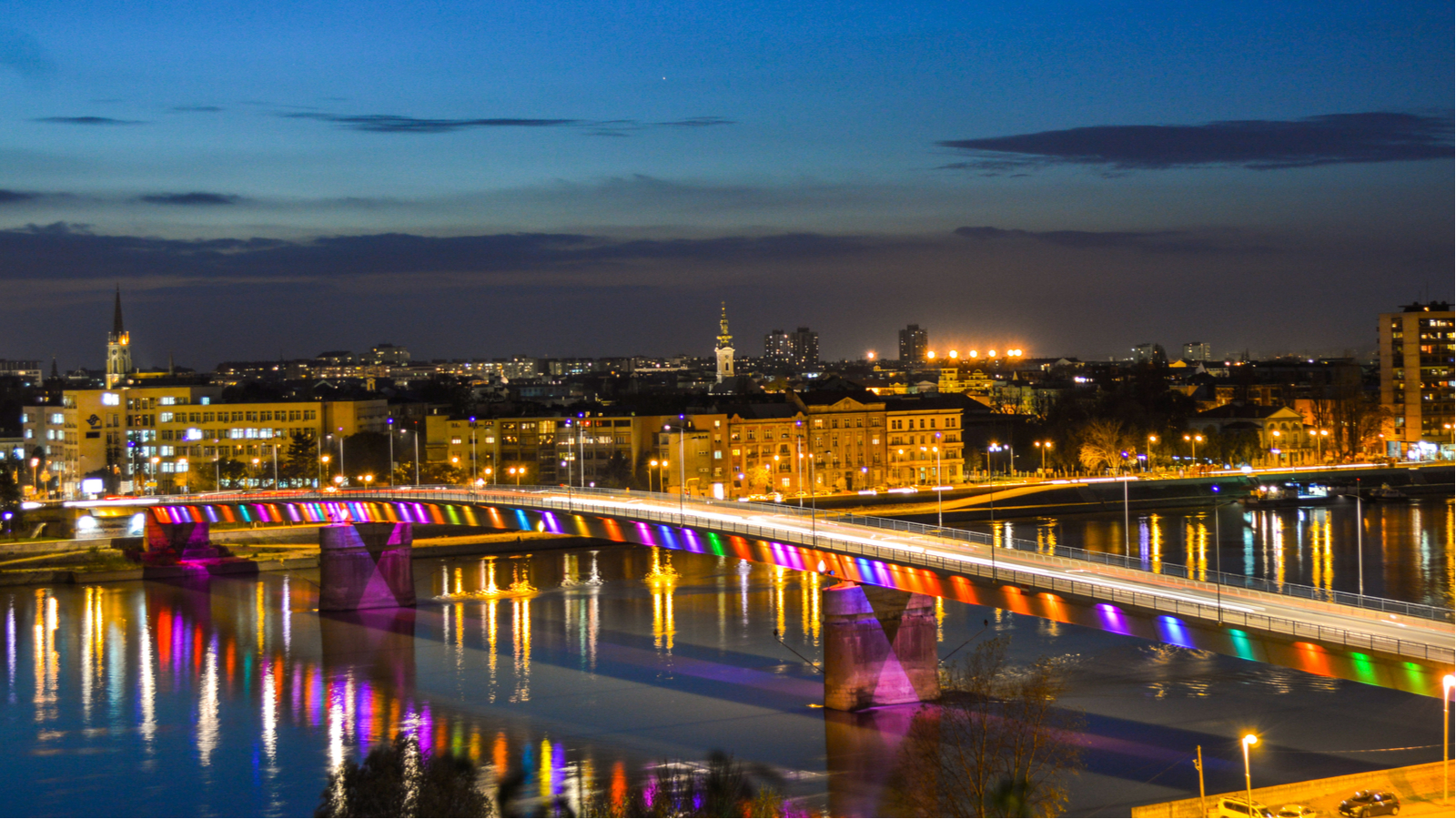
It is the second largest city in Serbia and home to EXIT, one of the best summer music festivals in Europe. The city is full of young people young people with pretty parks, outdoor cafes and laneway bars that are packed every night. It has a vibe that is generally more liberal than other Serbian cities.
Kalemegdan Fortress in Belgrade

Inside the walls of the fortress, you will come face to face with history, culture and beauty. Located in the city centre across from the main pedestrian zone, it is the perfect place to take in the views of where the Sava and Danube rivers meet. There is also a military museum and two churches inside the fortress.
Iron Gates in Romania/Serbia
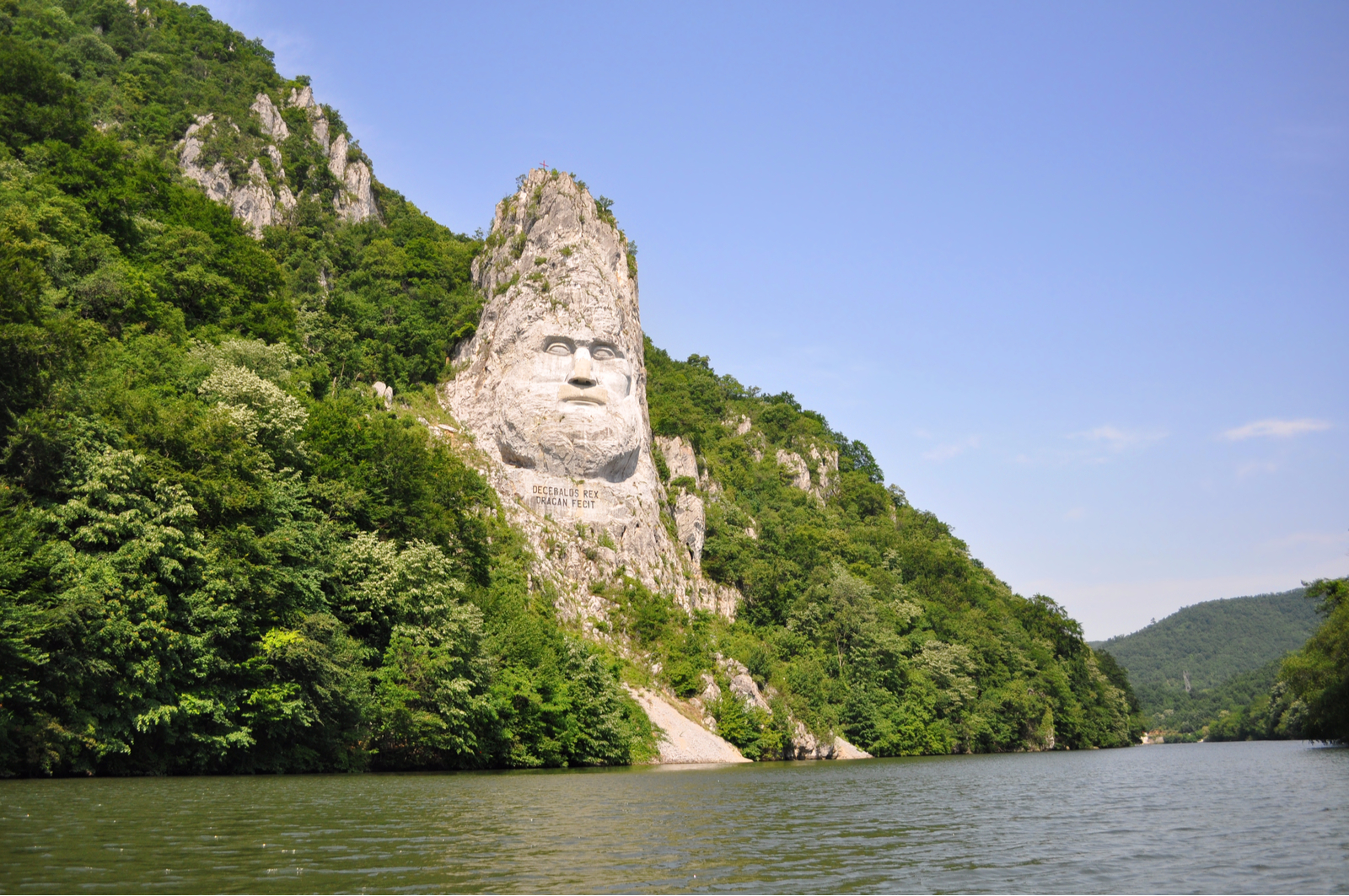
Cruise through the iconic Iron Gates, the narrow gorge the Danube River has carved out between the Carpathian and Balkan Mountains. It also marks the border between Serbia and Romania. Admire the rock sculpture of Decebalus, the last king of Dacia who fought against the Romans to preserve the independence of his country, which corresponds to modern Romania. The rock sculpture is 42.9m tall and 31.6m wide.
Baba Vida Fortress in Bulgaria

This well preserved, medieval castle in Vidin in north western Bulgaria is a landmark monument on the banks of the Danube River. According to legend Vida, the eldest daughter of a rich Bulgarian, rejected all marriage proposals and built a castle where she lived for the rest of her life. The fortress is surrounded by a moat.
Veliko Tarnovo in Bulgaria
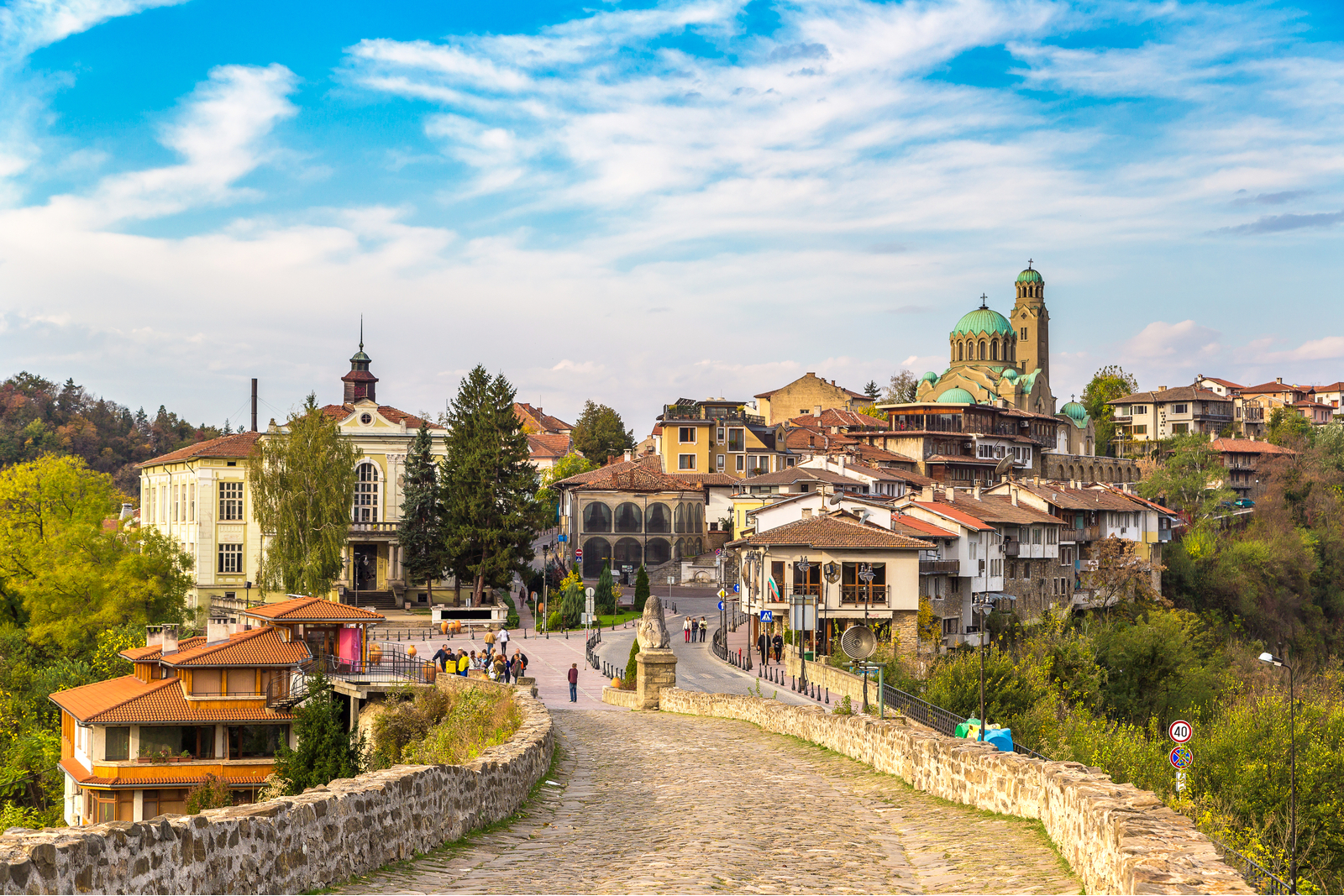
One of Bulgaria’s oldest towns, you can explore its cobbled lanes and visit the magnificently restored Tsarevets Fortress, a medieval stronghold located on a hill 206metres high. The fortress morphs into a psychedelic spectacle with a amazing night-time sound and light show.
Bucharest, Romania

No trip to Bucharest is complete without visiting the Palace of Parliament, the world’s second largest administrative building after the Pentagon. The building has more than 3000 rooms and all visits are by guided tours. Make a point to explore the outdoor Village Museum where authentic dwellings from all over the country have been relocated and reassembled including rural cottages, farmhouses and water mills.
Food
Goulash – Hungary
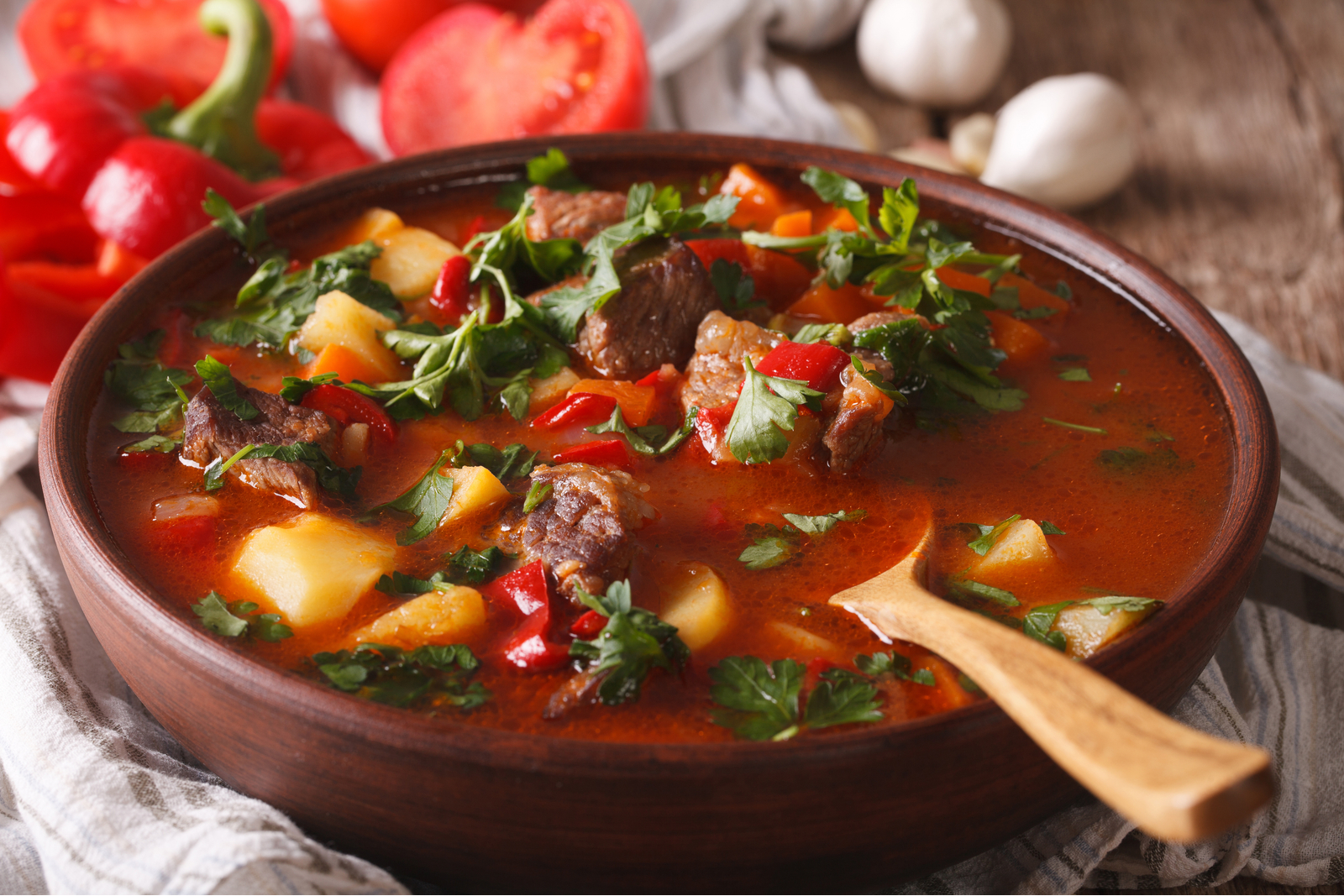
Hungarian goulash is spicy, rich and full of flavours. The name comes from the word “guyyas” (herdsmen) who made a rich and filling dish in a kettle over an open-fire. Today a kettle made goulash is considered the most authentic Hungarian dish. It is somewhere between a soup and stew made with beef, carrot, potato, spices and paprika
Sarma – Serbia
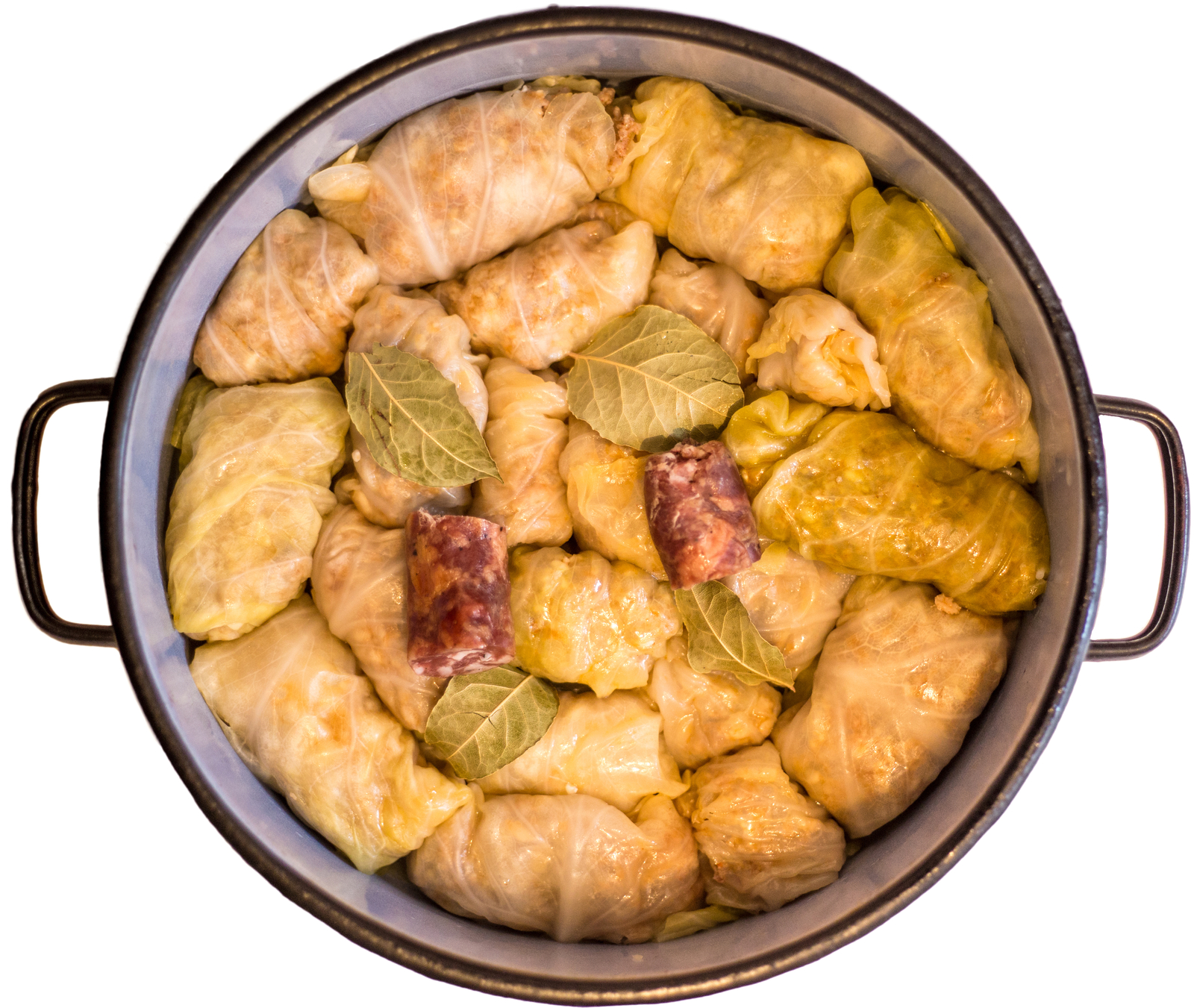
Sarma is definitely a favourite dish of every Serb. Legend has it that women who can make a good Sarma, would make good wives. Prepared with pickled cabbage, minced meat, rice and vine leaves.
Shopska salad – Bulgaria
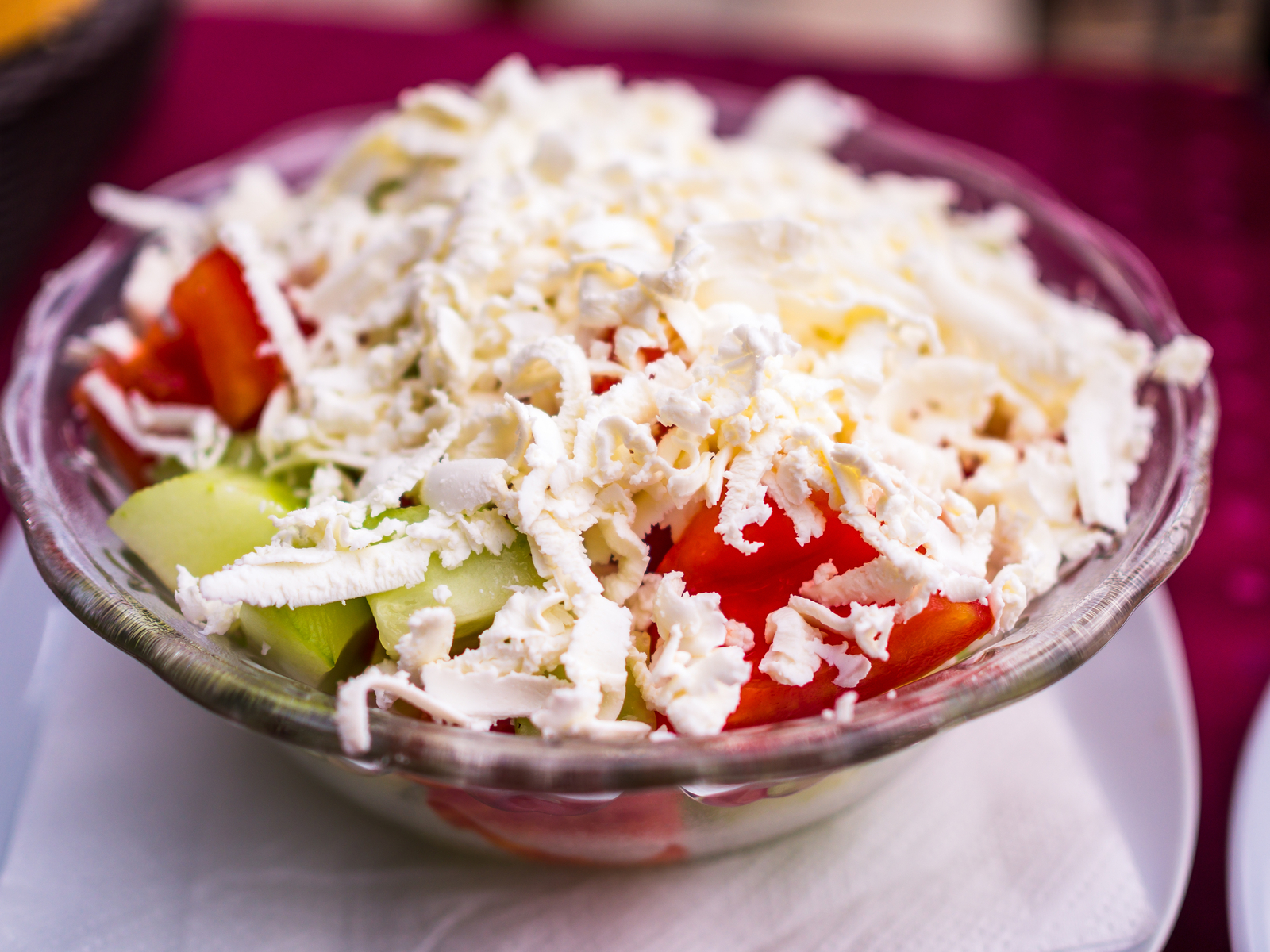
Made of tomato, cucumber, bell peppers and onions, all local ingredients grown in Bulgaria. But what makes it uniquely Bulgarian is the addition of Sirene cheese, generally shaved over the salad. The dressing is usually made of red wine vinegar, salt and pepper. A delicious, summer classic.


